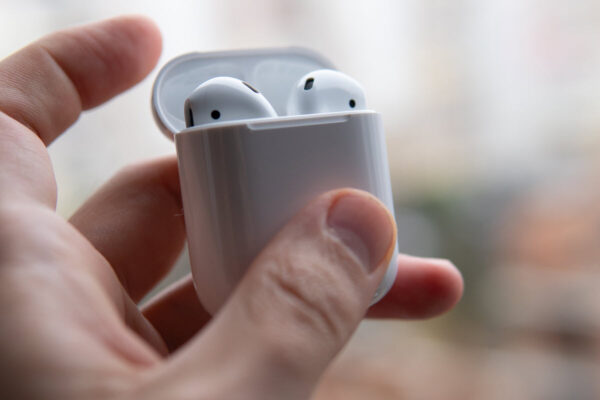Unleashing Power: A Deep Dive into Wireless Charging Devices
Estimated reading time: 14 minutes
Table of contents
In today’s digital landscape, witnessing the interaction between a device and its source of power is becoming an increasingly rare sight with the rise of wireless charging technology. Stripping away the restrictions of cords and adapters, wireless charging brings a new sense of freedom to the relationship between our devices and their power sources.
The understanding of the principles of electromagnetic fields, induction, and resonance fueling wireless charging opens up a fresh perspective on its benefits and limitations. This discussion will venture down the path of this game-changing technology’s odyssey, compare the various players in the market, touch upon future possibilities, and explore how it’s reshaping the design of our most used devices.
Understanding Wireless Charging
Wireless Charging Devices: The Ultimate Game Changer in the Technological Realm
In the ceaseless quest for efficiency and innovation, one ground-breaking tech advancement rapidly gaining momentum is wireless charging. From smartphones to electric cars and even home appliances, wireless charging devices are proving to be a true disruptor, shaking the very foundations of how power is perceived and handled.
First, there’s the connectivity. No need for cables to connect and power up. Wireless charging systems employ cutting-edge electromagnetic fields for converting power between two objects. Simply put, energy is transferred from the charging station and then converted into electrical energy by the device. Eradicating the ever-present knot of cables provides not just superb convenience but a clean, uncluttered aesthetic.
Then, there’s the transformative aspect of multi-device charging capability, facilitating a simultaneous power-up. Imagine a conductive surface where placing multiple devices anywhere instantly commences charging. With resonant inductive charging allowing power to be transferred over small distances, there lies the potential for numerous devices to harness power from a single source. An opportunity not just for decluttering but a real leap towards efficient energy use.
No discussion of wireless charging devices would be complete without acknowledging their impact on device durability. The absence of ports and jacks helps combat common issues linked to physical wear-and-tear and dust exposure. Additionally, this fantastic tech advancement also supports the gradual shift towards a water and dust-resistant, even fully waterproof, device design.
End-user experience has never been so paramount and with this technological innovation, it takes the front seat, offering unparalleled utility and opening up avenues for new user interfaces and smart applications. The innovative concept of “grab and go” is central to the wireless charging ecosystem, where removing the device from the charging station results in an immediate power cut. This simplifies the entire process, increasing user satisfaction exponentially.
SEE ALSO: Best Portable Phone Chargers
It’s equally important to highlight how wireless charging devices enable energy mobility. Imagine the automobile industry, where electric car charging constraints often surface as significant challenges. With wireless charging, these electric machines can derive power from in-built charging strips on the routes. This radical shift towards dynamic charging underscores the relentless disruption wireless charging is causing in the tech realm.
A trendsetter like no other, wireless charging is challenging entrenched notions about power transmission and fundamentally reshaping how devices draw energy. This paradigm shift is a prominent reason why the technology industry is in a constant state of disruption, innovation, and evolution. And that’s exactly the way it should be – ever-changing, never static.
Regarded as nothing short of revolutionary, wireless charging devices are a game-changer. An archetype of innovation offering not only uncluttered spaces and improved user experience but also stepping up in terms of durability, energy use efficiency, and enhanced mobility. For anyone who lives and breathes technology, the era of the ‘Wireless Charging Revolution‘ indeed hits the sweet spot! Let’s embrace it, explore it, and see where this piece of technological genius takes us next.
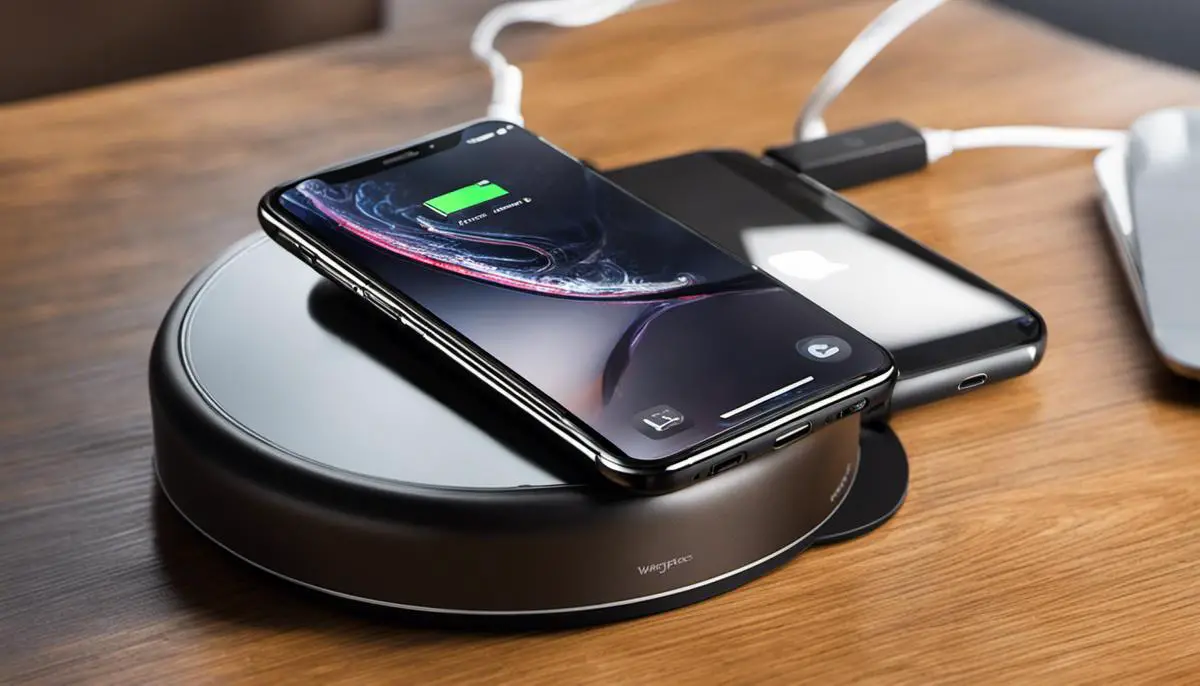
The Evolution of Wireless Charging Devices
The Evolution of Wireless Charging Devices: Unraveling the Echoes from the Tech Community
Taking a step back in the annals of technological innovation, the process of charging our devices used to involve latching onto plugs and cords. Evolution, however, as always, has steered the ship towards a tangibly futuristic reality. The advancement and expansion of wireless charging devices have produced an exciting revolution in the way technology is used and experienced across the globe. This article seeks to unpack this seismic shift and decipher the reactions and responses from the tech community.
Early wireless charging technology hinged on inductive charging, where power is transferred between two objects via coils. However, the demand for convenience and efficiency led to the development of resonance charging, capable of powering multiple devices at a distance. This unveiled a new hallmark in wireless charging methodology, which soon ignited a ripple of innovation. Samsung’s Wireless Charger Duo and Apple’s belated AirPower mat illustrate this ongoing multi-device charging trend.
But the evolution didn’t stop there. The tech community picked up the gauntlet and started imagining and implementing devices harnessing radio frequency-based wireless charging. This pioneering approach allowed the potential to charge devices at an admirable distance, rendering the old charging principles obsolete.
With continuous tweaking and enhancement, the wireless charging spectrum expanded further into the realm of WiTricity, a technique grounded in magnetic resonance technology. Devised to power up electric vehicles without any physical contact, this advancement sparked considerable excitement and buzz within the tech community. It mitigated common electric vehicle owner concerns about battery longevity and charging infrastructure and cemented a promising future for its integration into our everyday lives.
The tech community’s response to these advancements has been overwhelmingly positive. Not only have they embraced these changes but actively participated in shaping them. One glance at Kickstarter campaigns, like the prevailing success of Energysquare’s sticker-based solution, depicts the community’s intense desire for better and more efficient wireless charging solutions.
Moreover, tech enthusiasts praise wireless charging for its increased end-user experience and improved device durability. With fewer moving parts, the wear and tear associated with persistent plugging and unplugging are minimized, extending the lifespan of our beloved tech gadgets. The interest in wireless charging technology isn’t limited to the consumer electronics space; it’s fanning out into other fields, such as healthcare, making it a game-changer in an array of industries.
SEE ALSO: The Ultimate USB Power Strip and Wireless Charger
However, it’s vital to note that, like any technology, wireless charging isn’t without its critics. Concerns over slower charging speeds, energy inefficiency, and potential restrictions on phone usage while charging, are all valid points brought forth by the tech community. But as a whole, these concerns have been minor compared to the overall positive reception that wireless charging technology has received.
In conclusion, the evolution of wireless charging devices heralds a new era in our relationship with technology. Freed from the shackles of cords and plugs, our gadgets are becoming truly mobile, and the tech community is enthusiastically leading the charge. The sky’s the limit for what comes next in this electrifying domain!
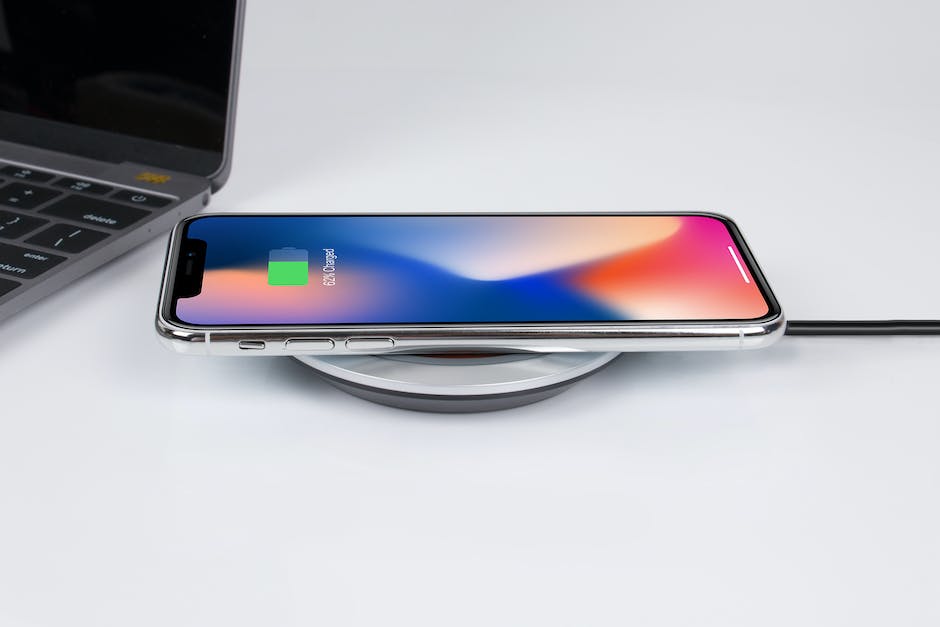
Comparison of Wireless Charging Tech
As we delve into the intricacies of wireless charging technology, it’s crucial to understand that not all wireless charging platforms are created equal. While there may be similarities at large, the distinction lies in the technology that powers these charging solutions.
One of the leading distinctions in wireless charging technology is the delivery method— namely inductive charging, resonance charging, and radio frequency (RF) charging. Inductive charging, utilized by giants like Apple and Samsung, is the most familiar form. It works by utilizing an electromagnetic field between two planar coils to transfer energy. The charging device and the one being charged must be in proximity and aligned properly, which some users find restricting.
In contrast, resonance charging offers more liberty in usage. Devices don’t need to be perfectly aligned, offering a more flexible and efficient charging experience. For instance, WiTricity uses this magnetic resonance technology, creating a much-enhanced user-friendly experience.
Shifting gears to radio frequency-based wireless charging, an entirely different approach is taken. This method employs radio waves to charge devices, most notably deployed by Energous. It advantages the user with its ability to charge multiple devices within a specific range, even if obstacles are present. However, these radio waves carry less power, leading to a slower charging process in comparison to the other methods.
Despite sharing a common mandate, the above-mentioned technologies show varied characteristics in terms of their implementations. Especially when we look at commercial products like Samsung’s Wireless Charger Duo and Apple’s AirPower mat, the difference in their technology is clear. Samsung’s Wireless Charger Duo, as its name suggests, allows two devices to be charged simultaneously, using inductive charging. On the other hand, Apple’s AirPower mat, although never officially released, was intended to offer a larger surface area for charging multiple devices and was rumored to utilize a more complex system involving multiple smaller charging coils.
This domain doesn’t stop at serving consumer electronics; it sees expansion into various other industries as well. Automotive, healthcare, and even robotics industries are witnessing the integration of wireless charging technology in their fields.
Equally valuable to note is the tech community’s positive response to this technology. The ease of use and increased device durability are welcome changes, driving the adoption rate higher. However, it’s essential to address concerns over energy efficiency, safety, and overall cost-effectiveness. Undoubtedly, the future of wireless charging seems promising, but addressing these valid criticisms is equally important as technology continues its forward march.
With each passing second, the technology around us continues to evolve, enhancing our lives while presenting new challenges to solve. Indeed, the wireless charging technology revolution is playing a vital role in this shift by streamlining energy transfer and use efficiency across industries. Whether it’s through inductive, resonance, or radio frequency-based wireless charging, we are witnessing a significant transformation in how our devices stay powered.
In conclusion, what distinguishes one wireless charging technology from another is how it delivers the energy required to power our devices. Each method holds its unique characteristics, pros, and cons. As we continue to integrate technology seamlessly into our lives, the most efficient and user-friendly wireless charging solution will emerge as the preferred choice. But until then, this open field invites innovators to disrupt, and dominate.
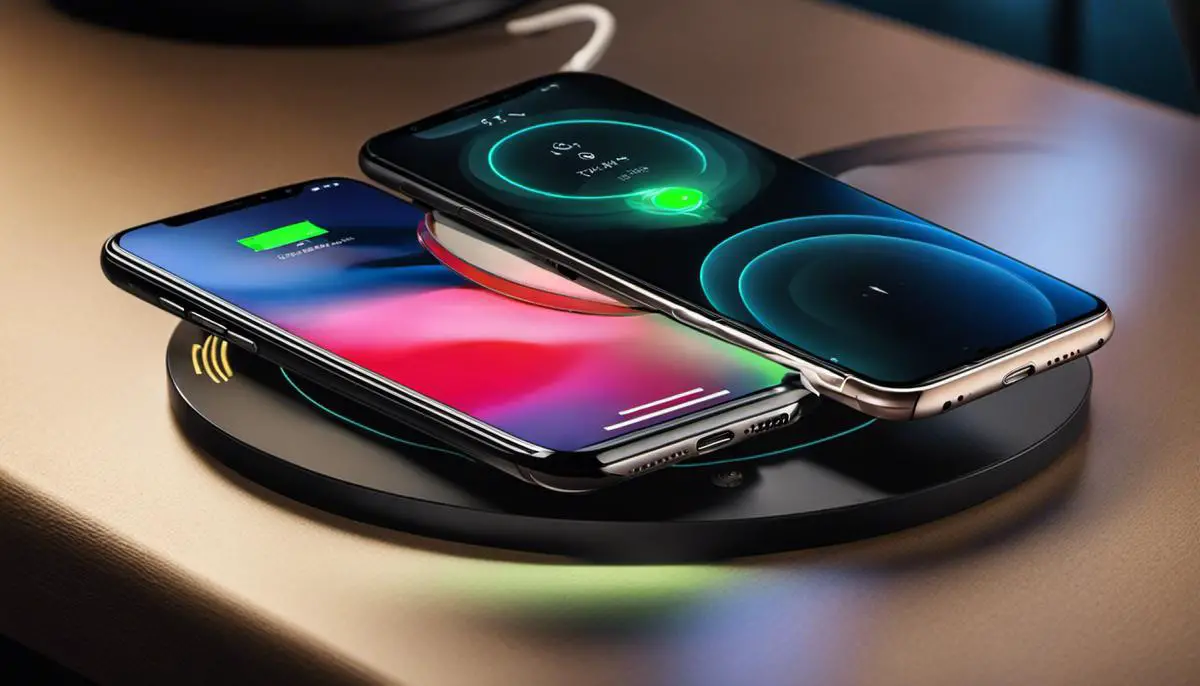
Future Trends in Wireless Charging
Looking to that futuristic horizon, what’s next for wireless charging? It’s time to dive into the predictions and probable advancements that wait in the wings of the wireless charging era. As technology advances and development continues at a rapid pace, we can witness a world where virtually all devices are powered without a single cord in sight.
Without a doubt, one of the major trends to watch in wireless charging is the evolution of long-range charging. Current systems require devices to be relatively close to the charging station, but what if you could power up from across the room? Companies are already in pursuit of this game-changing technology. Energous, a California-based company, is developing WattUp technology, which overcomes distance limitations using radio frequency energy for power delivery – a true step toward a wirelessly powered future. The technology promises functionality at a distance — a few feet for now and foresees charging from up to 15 feet away.
Another mainstay trend that we will see is the ubiquity of built-in wireless charging. It will no longer just be your mobile phone or tablet which supports wireless charging, but everyday objects as well. Furniture with embedded wireless chargers, charging pads built into the kitchen counter, cafes that offer charging points at every table, and even electric cars being charged wirelessly at parking stations. The idea of pervasive wireless power, where charging becomes as easy as getting a Wi-Fi signal, is not too far away.
Here’s a wildcard prediction: Wireless charging through solar power and solar-powered charging devices. Let’s say you’re hiking or camping without access to electricity. This would enable charging in remote areas, leading to greater accessibility for modern gadgetry in places that previously remained unconnected. It’s not just for the remote wilderness either. This innovation could perhaps bridge the power gap in developing countries where access to electricity is still a major issue.
As an interesting aside, on a broader scale, wireless electricity could do more than just keep our gadgets powered. Wi-Charge, an Israeli company, is investigating the delivery of wireless power for autonomous robots and drones. The objective is to keep the devices operational without the interruption of returning to a docking station for recharging, signaling a shift toward round-the-clock automation.
However, we must not be naively utopian—the advancement of wireless charging systems comes with its own set of challenges. The balance between safety and efficiency continues to be tricky. Ensuring the produced electromagnetic field is harmless to humans while still being capable of delivering power is a continuous technical hurdle. Cost-effectiveness is another difficult element to tackle. Yet, as with any technology, the initially high cost of wireless charging should gradually reduce with time and mainstream adoption.
In conclusion, the world envisaged is one where charging cables become obsolete, long-range wireless charging is commonplace, and energy is inherently mobile and widespread. This led us to greater interconnectivity, improved user experience, and shifts in power deployment strategies. Looking at all of these trends, the future of wireless charging is indeed a promising one holding untold possibilities. Technology aficionados: watch this space.
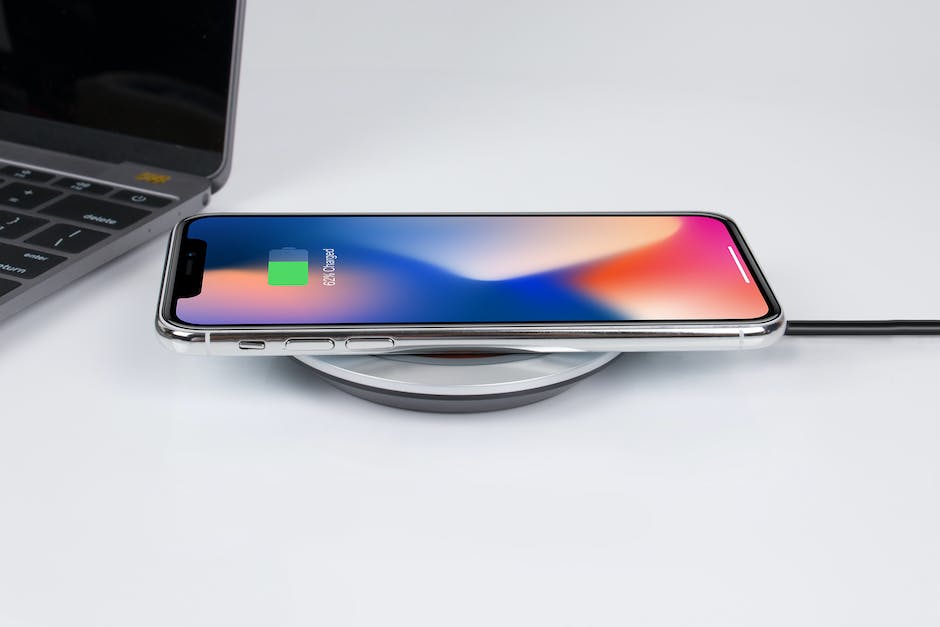
The Impact of Wireless Charging on Device Design
Wireless Charging’s Symbiotic Relationship with Device Design
Furthering the discourse, one can’t help but delve into how wireless charging technology is influencing the design of modern digital devices. It’s no secret that design principles in technology are gradually shifting, thanks to wireless charging. The path to achieving a fully wireless world means that aesthetics, durability, and form all have to adapt.
Wireless charging technology’s influence starts with the eradication of physical charging ports. This change warrants remarkably innovative design alterations in the device manufacturing process. Devices can now be even sleeker, without the indentation of sockets, giving designers larger canvases to imbue their creative touch. This creates a new wave of devices, transforming into seamless, aesthetic, and streamlined gadgets.
The prevalence of wireless charging also paves the way for enhanced waterproofing capabilities. Given that physical ports are gateways that water can seep through, the evolution towards wireless charging minimizes the exposure of devices to potential water damage. This technology becomes an anchor for giving birth to devices that can survive in different environmental conditions – from the crushing depths of the ocean to the stormy wilderness, unlocking new niches and driving consumer interest.
In addition, the constant presence of wireless charging capabilities now pushes designers to rethink the placement of internal components. With wireless charging coils taking up space inside, designers need to exert more resourcefulness and creativity to ensure that functionality is not forfeited. The end result is devices becoming more compact and sophisticated, further driving the miniaturization trend and maximizing the use of internal space.
This innovative technology is also impacting the design of external hardware interfaces. Wireless charging has necessitated the use of non-metallic materials for device exteriors, escalating the utilization of premium materials like glass and ceramic, which offer superior aesthetic appeal paired with functional efficiency.
Moreover, wireless charging opens new opportunities for integrating technology into our lives. Imagine a world where tables, desks, and even the kitchen countertop can serve as charging pads. The standardization of wireless technology will revolutionize not just how devices are built, but also how environments are designed.
Lastly, with extended mobility provided by wireless charging, device usage and user relationships with technology are transformed. This advancement permits the continuous use of devices without the interruption of a charging break, redefining usage patterns and user experiences.
The intersection of wireless charging technology and device design is a dynamic game-changer. It’s a co-evolution, where progress in one spurs growth in the other. As wireless charging technology continues to thrive, it inevitably drives the metamorphosis of digital devices. This progression is a testament to the transformative power of technology, showcasing its capacity to refashion the landscape of the digital world.
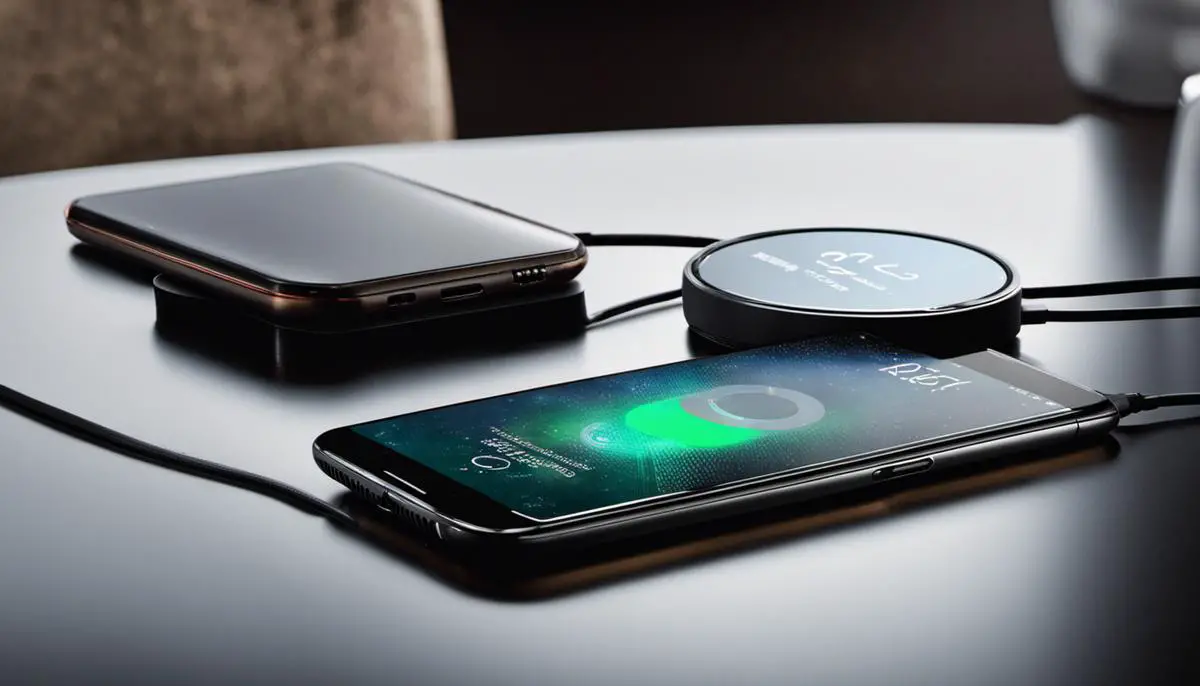
Accessing the world at our fingertips, ironically, is becoming a cord-free experience courtesy of wireless charging technology. As we progressively step into realms of possibilities like charging electric cars and public spaces without the need for a physical connection, the impact of this technology on our lives and businesses can’t be undermined. Amidst all the innovation and development, the fascinating intersection of advancement and everyday usability underlines the truly transformative power of technology. Thus, as we stand on the brink of this new era of connectivity and power, we’re not only cutting the cords but also leaping towards accessible, efficient, and convenient ways of charging our digital lives.


